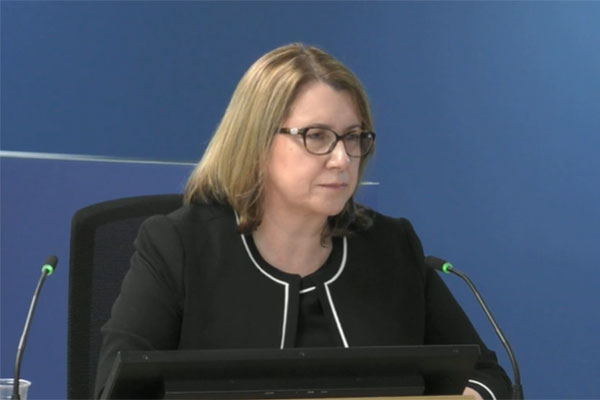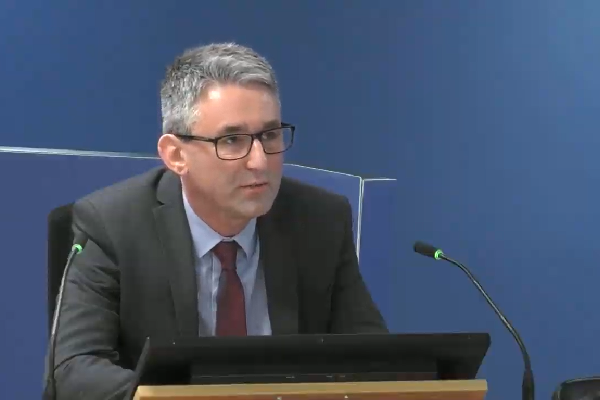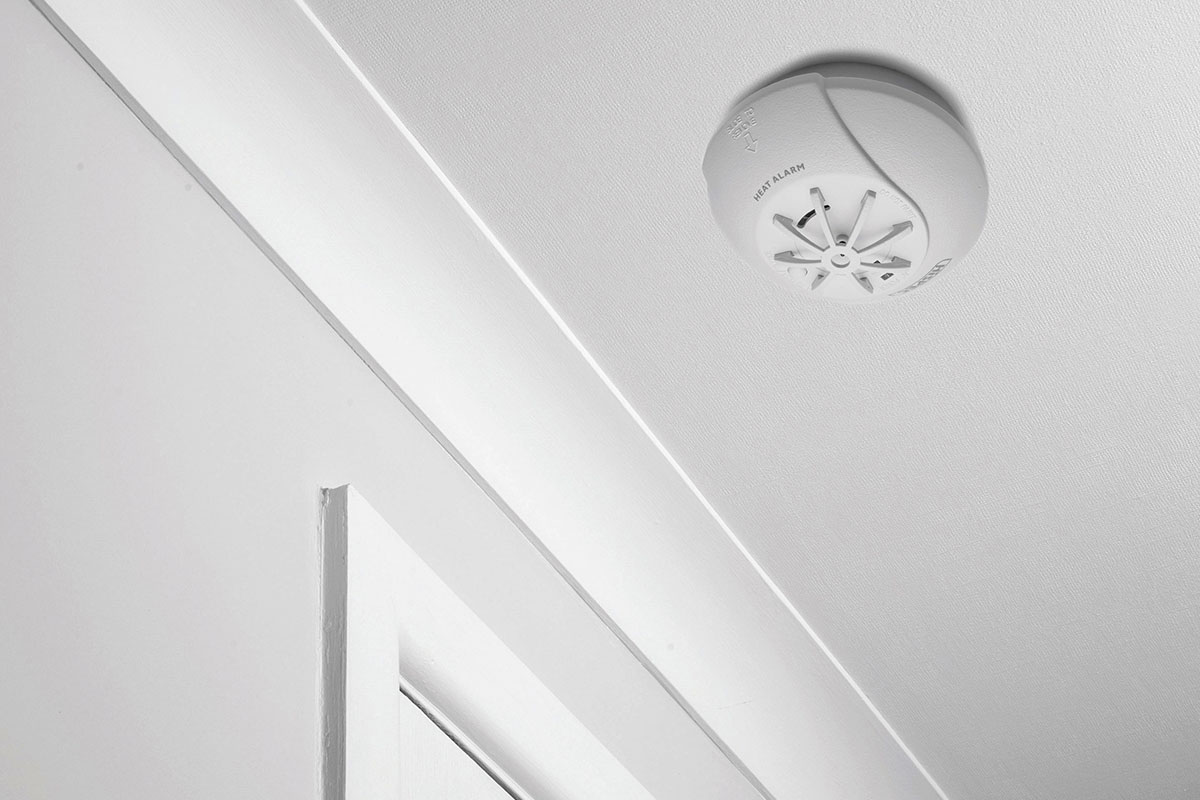Testing regulator wrote ‘damning’ report of BRE after Grenfell Inquiry revelations
The UK’s regulator for testing and accreditation wrote a “fairly damning” report of the Building Research Establishment (BRE) last year, after learning through an Inside Housing report that a key cladding system test carried out by the testing house had been withdrawn.
The United Kingdom Accreditation Service (UKAS), a government appointed body that assesses organisations which provide certification, testing and inspection services, carried out an “extraordinary assessment” of the BRE last year after reading an Inside Housing article published in November 2020.
This report reached “fairly damning conclusions” about the BRE, which plays a key role in the Grenfell Tower story, having run critical fire tests on the combustible insulation boards used within the tower’s cladding system. It identified failings that “may be grounds for either partial or full suspension” if repeated in a further assessment.
But the report was later amended to be more favourable to the BRE after it complained, in a step which was today described as “appeasing” the influential testing house.
Today Lorraine Turner, accreditation director at UKAS, was questioned about the decision to carry out the “extraordinary assessment”, after it became aware of Inside Housing’s report in March 2021 – four months after it was first published.
The story covered the inquiry’s revelation that Kingspan had withdrawn a 2005 test carried out in the BRE’s burn hall, accepting that it “was not representative of the K15 product which has been sold by them from 2006 onwards”.
This test had been crucial in Kingspan’s claims that its product was suitable for use on high-rise buildings, but had in fact carried out on a legacy version of the combustible insulation.
Tests in 2007 on systems featuring the new insulation, which contained perforations to its foil facer and a higher quantity of ‘blowing agent’, had failed drastically, with internal Kingspan documents describing them as “a raging inferno”. These tests had not been revealed to the market.
The objective of UKAS’ assessment was to “enable UKAS to understand first-hand the reported issues of test reports being requested to be withdrawn and to gain assurance… that testing of samples of Kingspan products, especially [K15] had been performed correctly and that the requirements of ISO 17025 could be demonstrated”.
ISO 17025 is the standard for which most labs must hold accreditation in order to be deemed technically competent.
The inquiry heard that test records were requested and reviewed in respect of fire resistance, reaction to fire and large-scale fire testing on Kingspan insulation since 2005.
The assessment was undertaken by John Leadbeater, senior assessment manager at UKAS, who said in a witness statement that the objective of the assessment was not to produce any formal improvement actions or recommendations directly, but to try to identify any “incorrect testing methodology and any areas of weakness in respect of compliance” with the requirements.
Junior counsel to the inquiry Emma Hynes asked: “So it was looking both historically at the BRE’s performance as well as the current performance, is that right?”
“Yes, I think so,” replied Ms Turner.
However, Mr Leadbeater has claimed that a senior figure at UKAS, Sam Giles, directed him not to produce any improvement actions.
Asked why Mr Giles would do that, Ms Turner said: “I don’t know. Improvement actions should have been recorded if it was appropriate to do so.
Mr Leadbeater’s report concluded that there was “some significant concern” that BRE was not able to “demonstrate consistently and robustly” the required and expected compliance and requirements of ISO 17025.
It said: “The coverage of the topics assessed during the assessment, while limited, has certainly identified a number of areas of weakness that require immediate resource commitment to ensure appropriate compliance with accreditation standard as achieved.”
Mr Leadbeater said there were no improvement actions raised, but “had this been a routine assessment”, there would have been a “number of significant findings”.
“The senior management and key members of staff involved in this process have been advised that should similar and sufficient degrees of non-compliance be noted on the next routine assessment, there may be grounds for either partial or full suspension.
“The areas of weakness identified may be considered as systemic quality management system failings,” the report said.
It also noted that there “are often issues and areas of weakness that have been subject to previous UKAS improvement actions”.
“The recurrence of such issues is indicative that any corrective action has either not been effective or implemented across the necessary business areas,” it said.
Weaknesses identified in the report included a lack of equipment records that meet standards, a lack of records and procedures to demonstrate that any calibrated equipment is reviewed against appropriately defined acceptance criteria, and provision of appropriate training on standards.
Ms Turner agreed with Ms Hynes that the summary was a “fairly damning set of remarks”.
Ms Hynes asked: “The conclusion was that any corrective action has either not been effective or not implemented across the necessary business areas. Is that saying that the lessons from the past have not been learned by the BRE?”
Ms Turner said: “That appears to be the case.”
She agreed that “possibly” UKAS should have asked for better evidence from BRE that it had addressed improvement actions.
The inquiry heard that in a response to the report, the BRE noted that there were areas for improvement but complained that it did “not accurately acknowledge and reflect UKAS’ previous interactions with BRE”.
It said the report made findings “inconsistent with other positive feedback” that UKAS had given the BRE.
“In particular, in the July 2020 UKAS reports for both certification and testing, UKAS remarked that ‘it is evident from the samples that audits are robust and of sufficient depth to identify systematic failings and in short are effective’,” a letter from the BRE said.
It also said that the assessment objective in the report was “not to produce any formal improvement actions or recommendations”, though did “in effect” conclude that if the five areas for improvement were not completed by the next assessment it may be grounds for suspension.
The BRE said that it had not been given enough time to rectify the issues.
The inquiry heard that after a meeting with the BRE, UKAS reissued the report, but limited its criticism.
This time it was issued by Andy Ward, the section head of the corporate customer team at UKAS, and was not assessed by Mr Leadbeater before being sent to the BRE.
The inquiry heard that the newly issued report was rearranged so that it was more positive about the BRE.
The start of the report said the assessment had “provided confidence in the competency of the staff that perform the testing and that the test is completed correctly”.
“BRE has responded to the feedback and outcome of the assessment in a positive manner and has acknowledged and recognised that there is a need for timely commitment of resource to respond to the observations and comments made by UKAS,” it said.
The same paragraph had appeared in Mr Leadbeater’s report, but it was at the end.
Ms Hynes said: “It appears that this report has been restructured so that the most positive thing that could be said about BRE is at the very beginning.”
Ms Turner accepted that.
The reissued report said: “The assessment covered an historic period and as such has no bearing on the current accreditation of processes in place at the BRE, thus no recommendation of statement with regards to accreditation is to be made at this juncture.”
But Mr Leadbeater, who complained to Ms Turner about the reissued report, commented on the above claim, saying it was “fundamentally incorrect”.
He said: “The whole of day two of my assessment was based on examination of current BRE accreditation processes.”
Referring to the comments made in the second report that no action should be taken on the BRE’s current accreditation, Ms Hynes asked if it was fair to say that it was “effectively what the BRE wanted” UKAS to say and if the report was reissued to “appease the BRE”.
“I don’t know,” Ms Turner said. She said she did not know why the report was reissued, but that it had happened following a meeting with the BRE. Ms Turner also said she did not know why the report was issued without Mr Leadbeater reviewing it.
She agreed that the decision could be interpreted as “a little undermining”.
In the end both reports were withdrawn as UKAS was intending to carry out another surveillance visit of BRE in the near future, and also because the first did not include improvement actions and the second “could not stand” without the input of the lead assessor.
The inquiry continues.
Sign up for our weekly Grenfell Inquiry newsletter
Each week we send out a newsletter rounding up the key news from the Grenfell Inquiry, along with the headlines from the week
Already have an account? Click here to manage your newsletters












